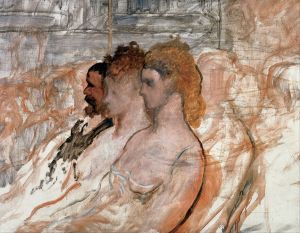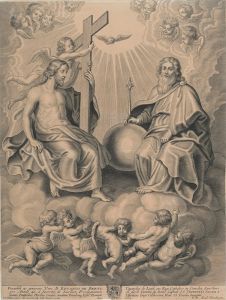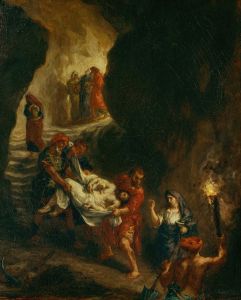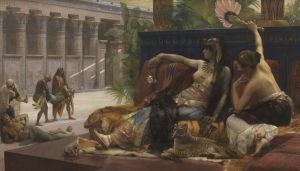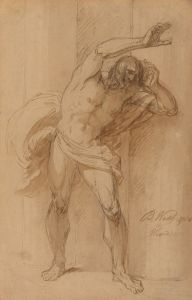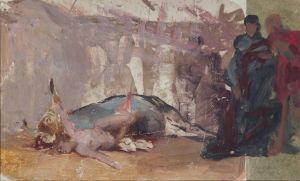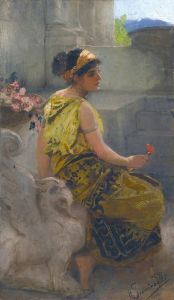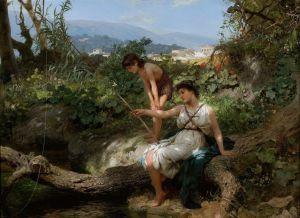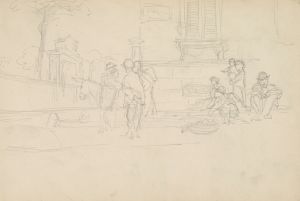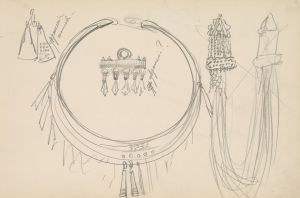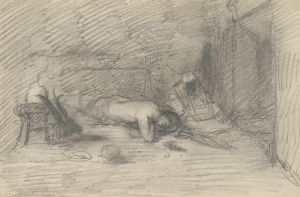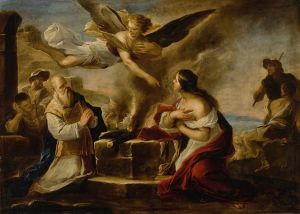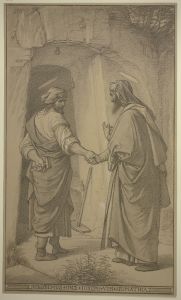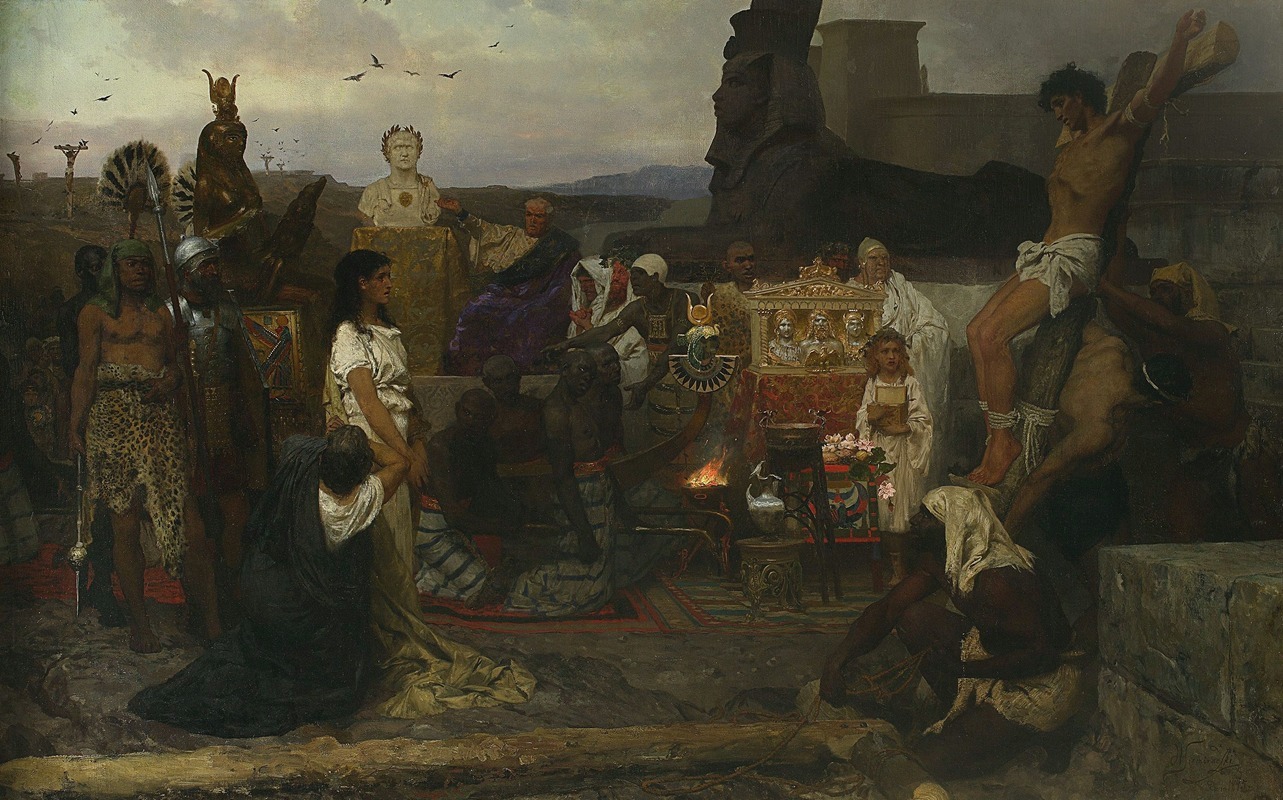
Martyrdom of early Christians
A hand-painted replica of Henryk Siemiradzki’s masterpiece Martyrdom of early Christians, meticulously crafted by professional artists to capture the true essence of the original. Each piece is created with museum-quality canvas and rare mineral pigments, carefully painted by experienced artists with delicate brushstrokes and rich, layered colors to perfectly recreate the texture of the original artwork. Unlike machine-printed reproductions, this hand-painted version brings the painting to life, infused with the artist’s emotions and skill in every stroke. Whether for personal collection or home decoration, it instantly elevates the artistic atmosphere of any space.
Henryk Siemiradzki's painting "Martyrdom of Early Christians" is a significant work of art that reflects the historical persecution of Christians in ancient Rome. Siemiradzki, a Polish painter known for his academic style and historical subjects, completed this painting in the late 19th century. The artwork is a vivid depiction of the trials faced by early Christians, capturing the dramatic and often brutal nature of their persecution.
The painting is set in a Roman amphitheater, a common venue for public spectacles during the Roman Empire. In this setting, Christians were often subjected to execution as a form of entertainment for the Roman populace. Siemiradzki's work illustrates this grim reality, portraying a group of Christians who are about to face martyrdom. The artist's attention to detail is evident in the realistic depiction of the architecture, clothing, and expressions of the figures, which convey a sense of impending doom and solemnity.
Siemiradzki's choice of subject matter reflects the broader 19th-century interest in historical and religious themes. During this period, there was a fascination with the early Christian era, partly due to the Romantic movement's emphasis on emotion and the sublime. The painting also aligns with the academic art tradition, which valued historical accuracy, technical skill, and grand themes.
The composition of "Martyrdom of Early Christians" is carefully structured to guide the viewer's eye across the scene. The central focus is on the group of Christians, who are depicted with a sense of calm resignation, highlighting their faith and courage in the face of death. Surrounding them are Roman spectators, whose varied reactions range from indifference to curiosity, emphasizing the moral and ethical contrasts between the persecutors and the persecuted.
Siemiradzki's use of light and color further enhances the emotional impact of the painting. The contrast between the bright, sunlit arena and the shadowed figures of the Christians creates a dramatic tension, symbolizing the clash between the oppressive Roman authorities and the steadfast believers. The artist's skillful use of chiaroscuro adds depth and dimension to the scene, drawing attention to the expressions and gestures of the figures.
"Martyrdom of Early Christians" is not only a testament to Siemiradzki's artistic talent but also serves as a historical commentary on the resilience of faith in the face of adversity. The painting invites viewers to reflect on the themes of sacrifice, conviction, and the enduring human spirit. Through his work, Siemiradzki captures a pivotal moment in history, offering a poignant reminder of the struggles faced by early Christians and their enduring legacy.
Today, the painting is appreciated for its historical significance and artistic merit. It remains an important piece in the study of 19th-century academic art and continues to be a subject of interest for art historians and enthusiasts alike. Siemiradzki's "Martyrdom of Early Christians" stands as a powerful representation of a defining period in religious history, immortalizing the courage and faith of those who faced persecution for their beliefs.





